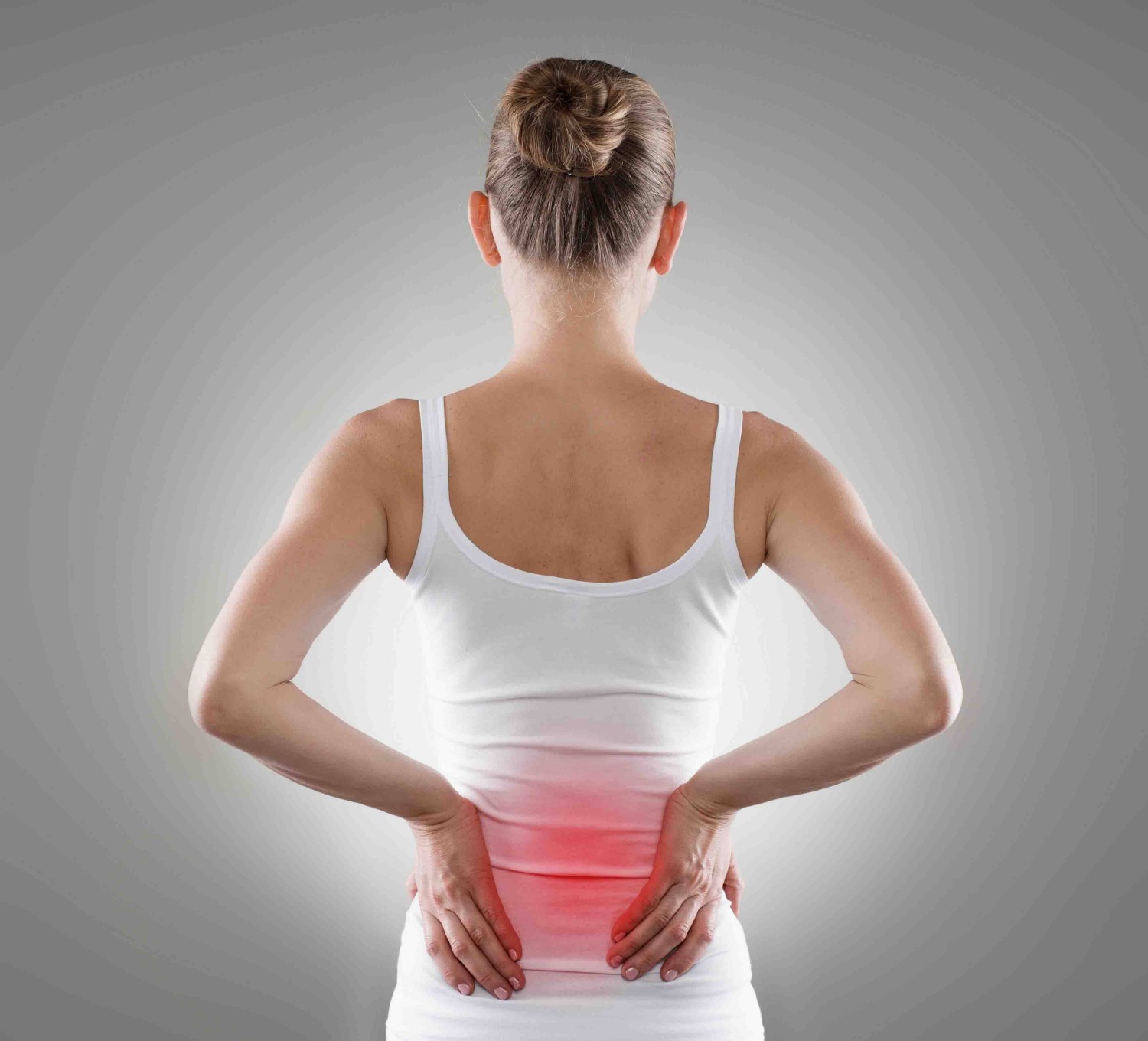20% of those reading this article currently have significant back pain.
This prevalence is consistent across all cultures and locations. In contrast, how the back pain affects the daily lives and overall health of the sufferer depends on how the pain is viewed and how it is treated.
In our culture, Back pain has been converted from “part of life”, like a headache or a common cold, into a cult of suffering and disability. We have empowered back pain through its isolation and its excessive treatment.
Isolation
Nearly twenty years ago, pain was proclaimed the 5th vital sign by the Veterans Health Administration. Viewing pain as a vital sign suggests that it can be simply dialed down- similar to giving a medicine for blood pressure. Pain is then perceived as an isolated entity that can be managed with a pill, treatment, or surgery.
The problem is that it is never that simple. The etiology of pain is often elusive or multi-faceted, and not amenable to a simple fix.
Thus, erroneously viewing pain as an isolated entity has caused an epidemic of pain medication and the overuse of many unnecessary and unproven interventions. Our fee-for-service medical system has only served to fuel this movement.
Treatment
There is a big difference between having back pain and having back pain treated. Most of the treatment presupposes a discoverable etiology of the pain and a predictable solution to the pain- neither of which exist in the majority of cases. Surprisingly, the biggest problem with treatment is not in its lack of efficacy or predictability, but rather its capacity to divert the sufferer’s mindset from coping with the pain and returning to activities of daily living to uncovering the etiology and eliminating the pain. The former is essential while the latter is often futile.
We tend to conceptualize back pain in a simplistic way. A stimulus or pain generator antagonizes our pain receptors and produces pain. This is not the case- even if a knife is being pushed into our thigh.
The brain is the final arbiter of pain. All pain is subject to our brain’s judicial function (a term I coined as a contrast to executive function). The brain has the power to either increase or reduce pain. The judicial function is operating when a soldier injured in battle does not feel his injury until the moment he understands that his life is no longer at risk. At that moment, the pain is “turned on” like a light switch. It also explains why a patient may feel pain even when no cause for the pain is apparent.
The brain’s capacity to stifle pain is referred to as the placebo effect. While the placebo effect is often relegated to psychological mumbo-jumbo, in reality, it represents a powerful and underestimated capacity of the brain to ignite our endogenous pain stifling mechanisms. Pain medication, considered more “scientific” merely parasitizes off of the same endogenous system.
In addition to the placebo effect, the brain has a less recognized capability called the nocebo effect. This is the brain’s capacity to increase pain. This is particularly relevant in the case of chronic pain. When chronic pain is understood as a manifestation of the nocebo effect, the futility of trying to find and treat a pain generator is obvious.
This view of pain may, at first, seem unnecessarily complicated- pain is, or should be, just pain. But accepting this complexity of pain and the brain’s judicial function offers the possibility of treating pain in ways other than our traditional model of finding the pain generator, offering a treatment, or giving pain medications.
The mass advertising for laser surgery for back pain epitomizes this mentality. Vulnerable patients are led to believe that their pain will be relieved and they will walk away with a Band-Aid on their back. The role of the laser in this treatment is rarely questioned. In the mind of the patient the laser represents precision, technology, and minimal cutting- despite the fact that our academic institutions have access to the laser but don’t utilize it in the treatment of back pain because of its futility.
The successful treatment of back pain has nothing to do with lasers and everything to do with treatment selection. Sometimes no treatment is the optimal selection.
As healthcare providers, we have the option of tapping into the brain’s judicial function through the process of being contextualizers and educators. In most cases, we don’t have the capacity to eliminate pain and shouldn’t be heading down that path.
Restoring function- even while in pain- should be our mission. Educating patients on the dangers of catastrophizing and the importance of returning to activities of daily function is essential. Counseling them on back health, back strengthening and empowerment should be our mission.
Exercise remains the most reliable and efficacious treatment for back pain. Exercise harnesses the tremendous synergy between the brain and body. By making our backs stronger we recursively strengthen our confidence which allows for more activity. By strengthening our backs we improve our posture, which leads to awareness and more confidence, again increasing activity, and completing the loop. In other words, exercise helps us to unlearn pain- a strange concept, indeed.
The key is empowerment of the patient rather than the pain.
Originally published at medium.com


